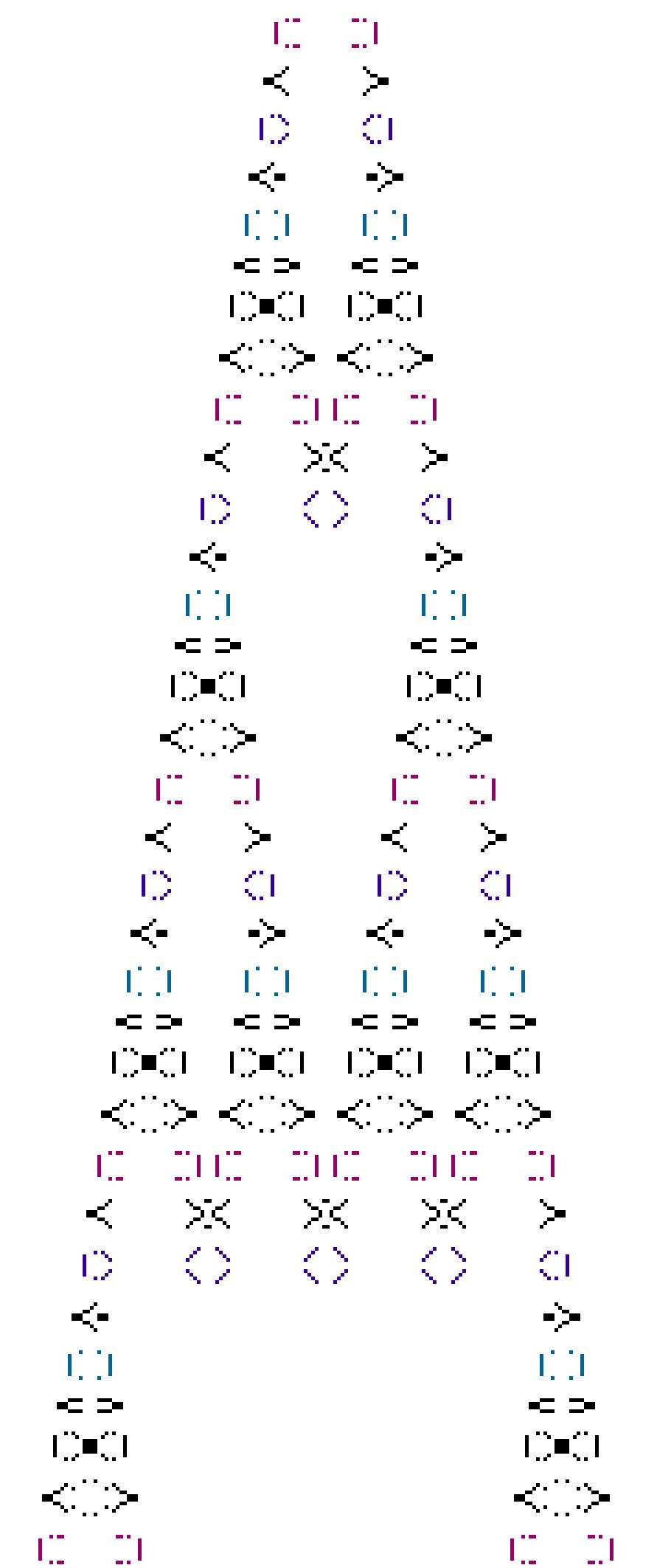
Replicators and Larger than Life Examples

Larger than Life rule (3,6,6,6,6)
After watching a substantial number of cellular automaton dynamics generated by rules containing suitable ingredients, eventually a partifular time-dependent pattern catches the eye. A configuration of occupied sites makes copies of itself, then the copies make copies of themselves, and these copies move toward one another and also toward the boundaries of the evolution. This continues as longs as there is room for the evolution. When the innermost copies collide, they annihilate one another. Meanwhile, the outermost copies continue to reproduce, provided that no occupied sites from the outside impede. This pattern repeats, ad infinitum.More about such creatures, called replicators, can be found in the chapter entitled, "Replicators and Larger-than-Life Examples" of the book New Constructions in Cellular Automata, edited by David Griffeath and Cristopher Moore and published by Oxford University Press.
Real time Larger than Life examples are here.
"There is a
concept which will be quite useful here, of which we have a certain
intuitive idea, but which is vague, unscientific, and imperfect. This
concept clearly belongs to the subject of information, and quasi-thermodynamical considerations are relevant to it. I know no adequate name for it,
but it is best described by calling it 'complication.' It is effectivity
in complication, or the potentiality to do things. I am not thinking about
how involved the object is, but how involved its purposive actions are. In
this sense, an object is of the highest degree of complexity if it can do
very difficult and involved things." -- John von Neumann, 1966